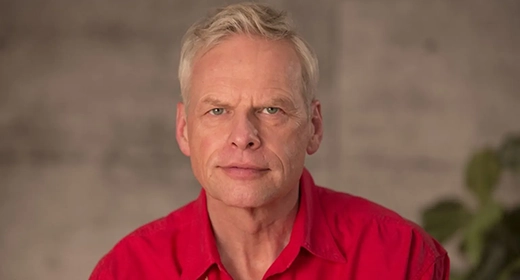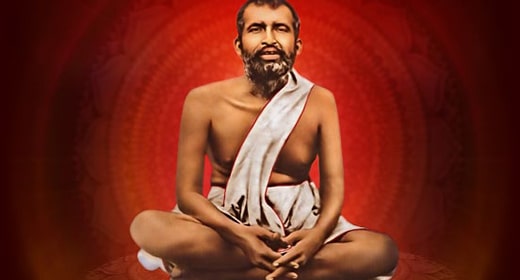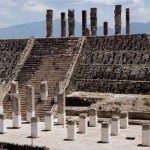by Jean Dawson: Here is a short list of the most common yoga terms…

Ajna Chakra – Energy center located behind the forehead. One of the seven energy centers.
Anahata Chakra – Energy center located in the heart. The fourth of the seven energy centers.
Ananda – emphasizes inner awareness; energy control; and the experience of each asana as a natural expression of a higher state of consciousness, which is enhanced by the use of affirmations.
Anga – Limb of yoga, including abstentions, mandatory actions, breath control, control of the senses, concentration, meditation, and contemplation.
Ahankara – The false identification of one’s true inner self with the body, the mind, or the world; egoism.
Ahimsa – The principal of causing no injury to living things.
Asana – Yoga postures or yoga positions.
Brahman – Supreme divinity.
Chakras – Any of several points of physical or spiritual energy in the human body. Literally meaning circle or wheel.
Chitta – The mental body, or mind.
Dharana – The concentration of the mind on a single thought.
Dharma – Self-discipline; individual duty. The basic principles of cosmic or individual existence.
Dhyana – meditation; single-pointed focus of mind on either a form, thought or sound.
Drishti – The point of focus where one’s gaze rests during the practice of asana and meditation.
Guru – Spiritual leader.
Hamsa Kumbhaka – The breath of the swan; a gentle form of breathing used with meditation.
Jalandhar Bandha – An air lock in the cerebral area; a deep inhalation takes air behind the eyes between the ears, above the palate, below the brain, and locking the chin through downward pressure; a cerebral energizer.
Japa – Continuous chanting; repetition of a mantra.
Karma – The actions of one’s life which determines their next existence.
Kriya – An action, deed, or effort; refers to a complete action, technique, or practice within a yoga discipline meant to achieve a specific result.
Kundalini – The retained and potential energy in the human body.
Manas Chakra – The energy center above the ajna chakra; depicted with six petals.
Mandala – A circular geometric design that represents the universe or cosmos and the spirit’s journey. A tool used toward enlightenment.
Manipura Chakra – The energy center in the spinal column located behind the navel; corresponds to the solar plexus.
Mantra – Sacred chanted words or sound vibrations.
Mooladhara Chakra – Lowest energy center in the body. Found in the perineal floor in men and the cervix in women.
Mouna – The practice of silence.
Mudra – Hand gestures that direct the life-current or cosmic energy through the body and mind.
Namaste – A Hindu salutation meaning “the divine in me honors the divine in you.” Is used in meeting or parting and typically is said with the palms held together at the chest.
Niyama – A duty or obligation; cleanliness of mind and body, equanimity, temperance, self-appraisal, and attentiveness to God.
Om – The universal mantra chanted during meditation.
Padma – Flower.
Pancha Indriyas – The five senses or the five spiritual faculties.
Panchamahabhuta – The five great elements of nature: Earth (bhumi), Water (jala), Fire (agni), Air (vayu), and Space (aakash).
Prana – Life energy or life force. Vital energy-force sustaining life and creation.
Pranayama – A technique of breathing and breath-control which regulates the energy flow and maintains an energy balance.
Pratyahara – The first stage of concentration during meditation.
Rechaka – Exhalation.
Sadhaka – A student following a particular way of life, or sadhana, to reach an ultimate goal.
Sadhana – Spiritual practices which lead to perfection.
Satsang – Being with the truth.
Sattva – Purity.
Satya – Truthfulness and honesty (one of the yamas).
Savasana – Commonly referred to as “corpse pose”; typically done at the end of a yoga practice in which the body and mind are at rest.
Shakti – Energy.
Shanti – Peace. Often used in meditation in conjunction with “om”.
Sushumna Nadi – The main energy channel in yoga, flowing through the center of the spinal cord.
Svadhyaya – Self-study.
Trataka – Yogic gazing.
Yama – Moral conduct. There are five yamas: nonviolence; truth and honesty; non-stealing; moderation; and non-possessiveness.
Yoga – The union.
Yoga-Shastra – Yoga Scripture.









































